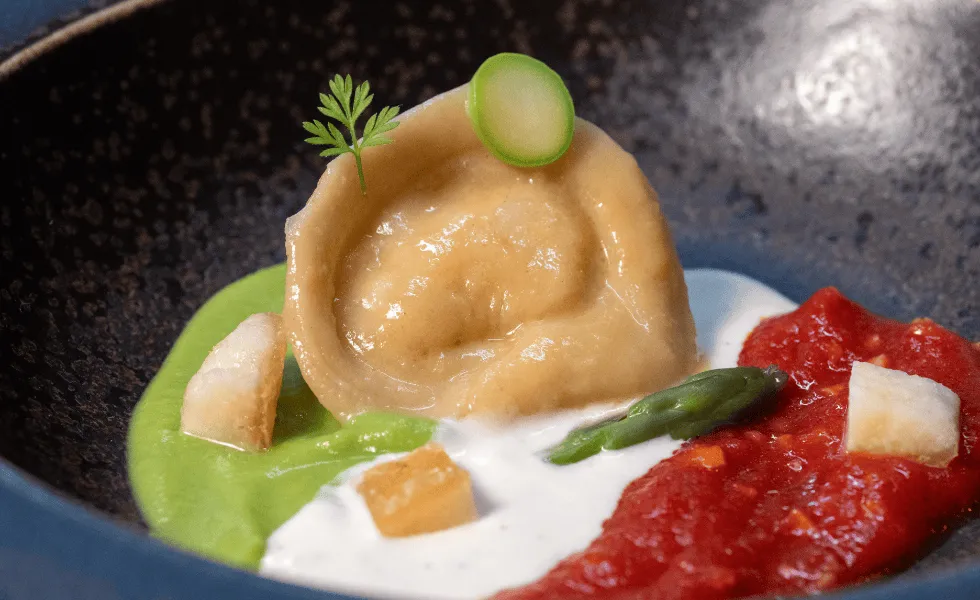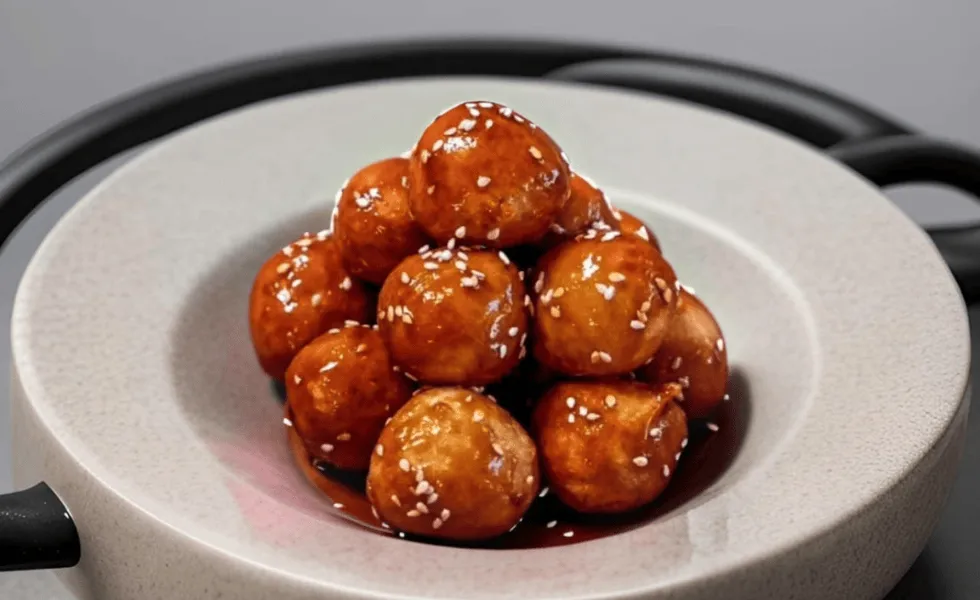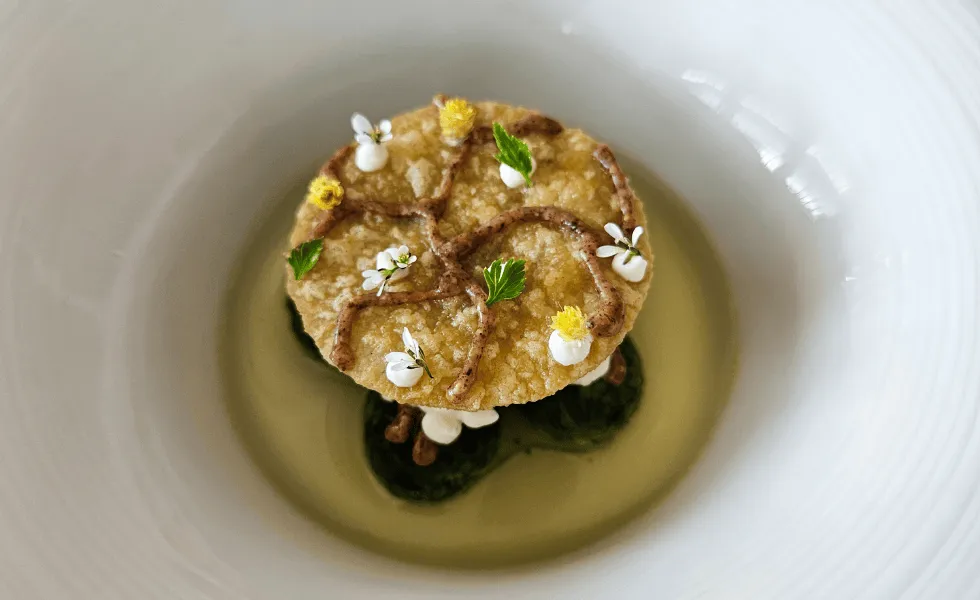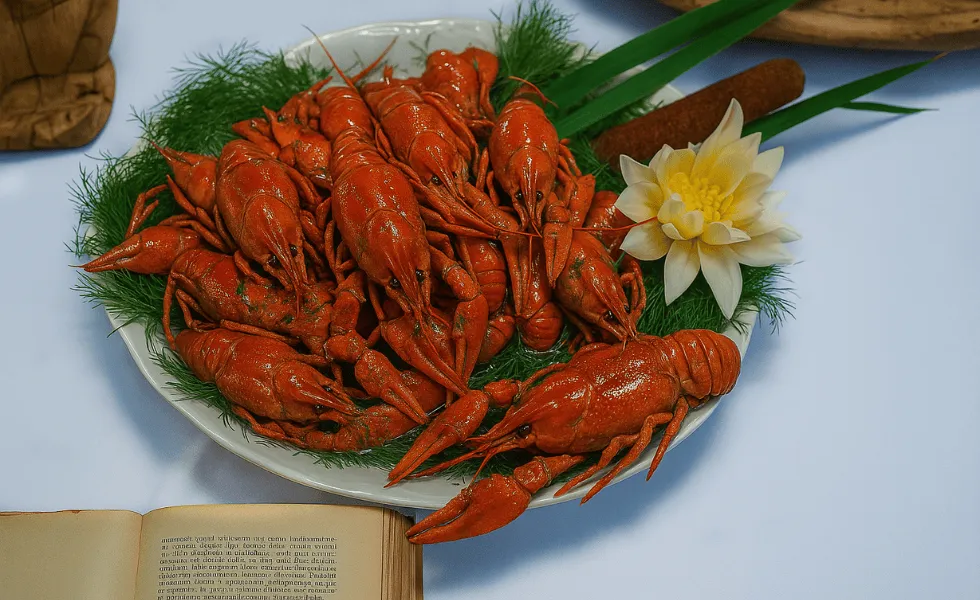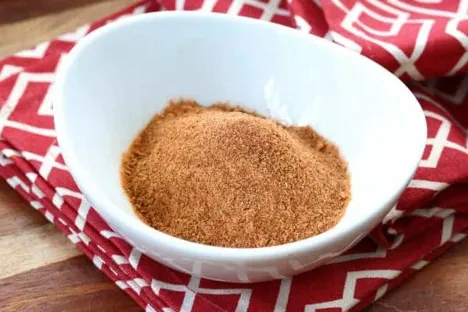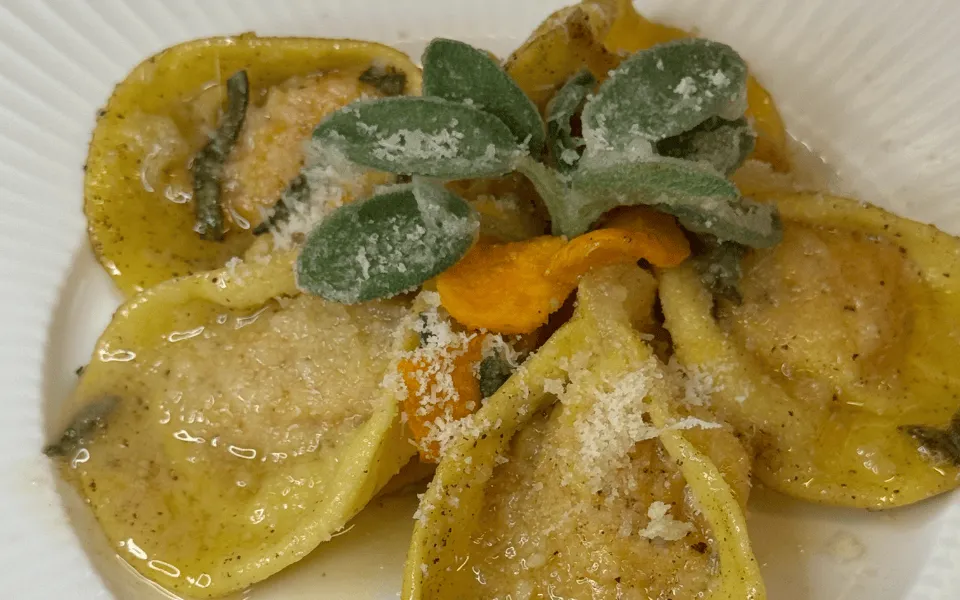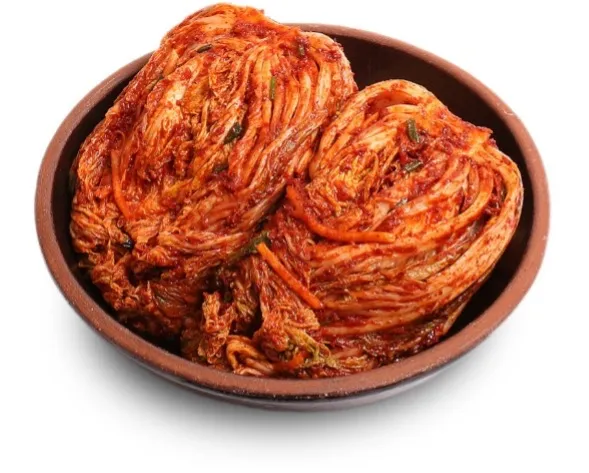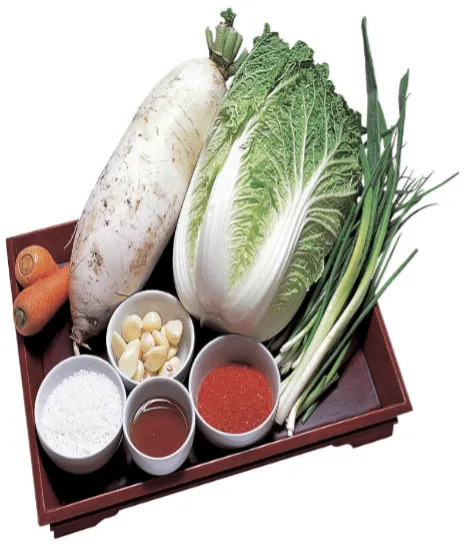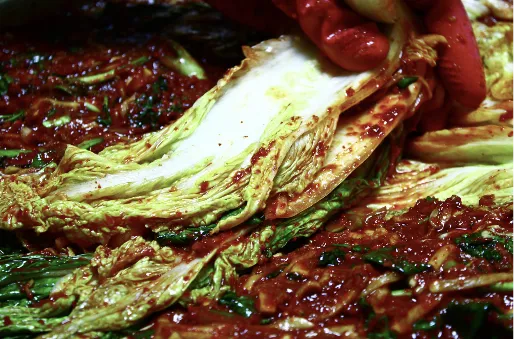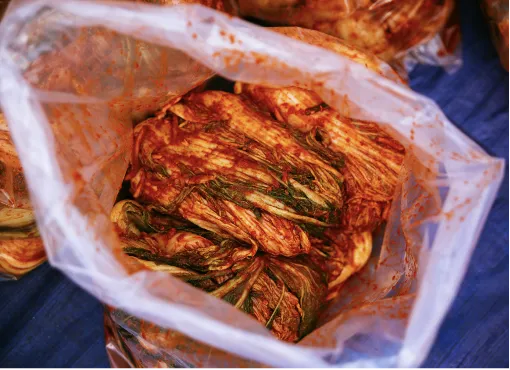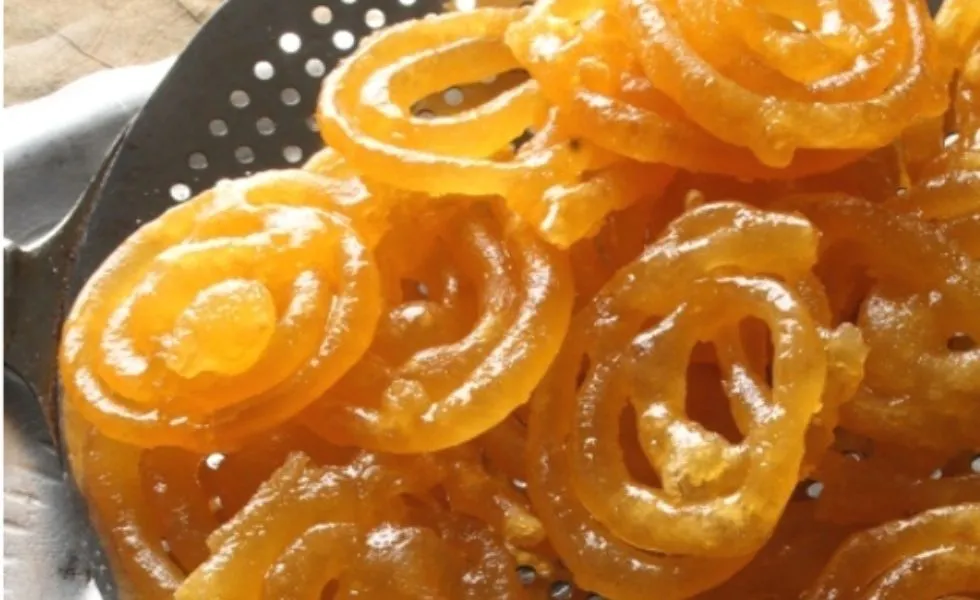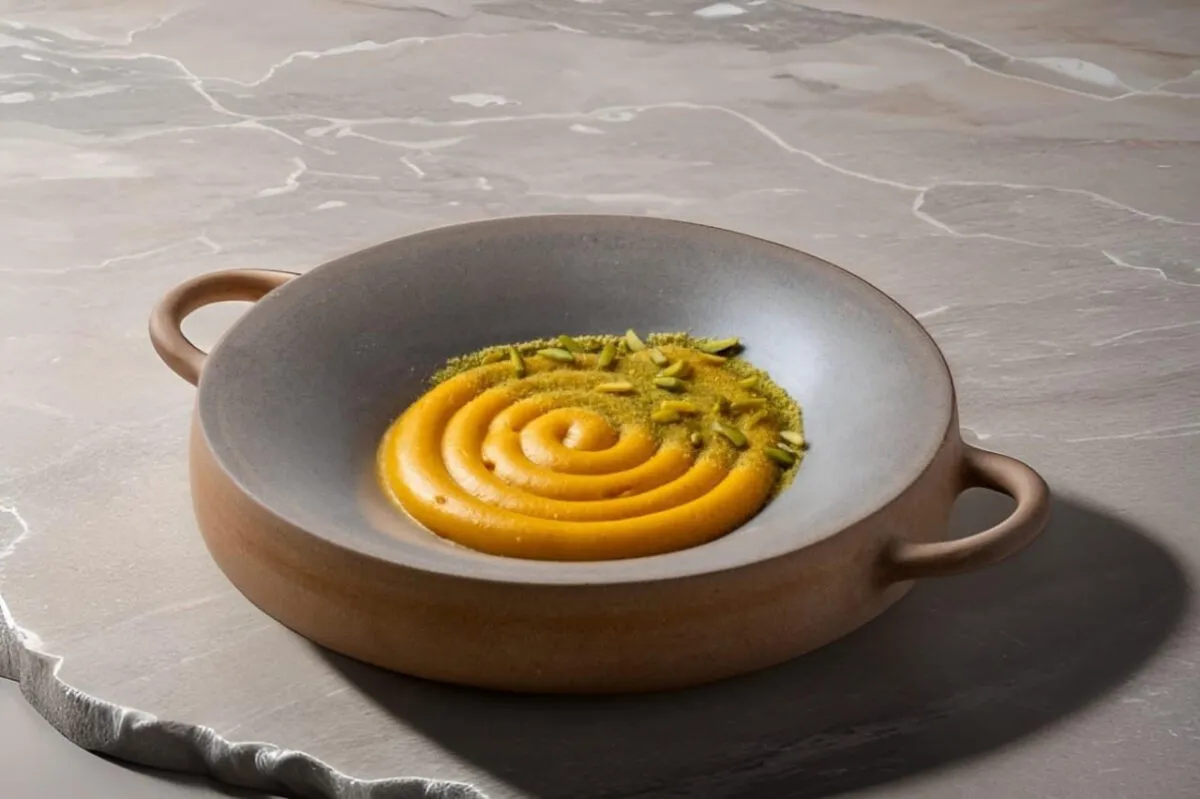See below for recipe
Tortello Tricolore by NAZARIO CONTARDI
Chef Nazario Contardi is an Alma-trained chef, born and bred in Ancona, at the forefront of sustainability in the kitchen. With his recipe, UNDERGROWTH BURNED, Nazario earned 3rd place at the 2024 LIFE Climate Smart Chefs award in the category of “Sustainable Recipe”.
“For me, sustainability is tradition—the sacred and timeless act of cooking to bring well-being to others. Within this act lies the true key: the feeling of being well. When we respect raw ingredients, we honor those who cultuvate them, those who transform them through the alchemy of cooking, and those who are nourished by them. This is where sustainability reveals its deepest meaning: an act of love that connects past, present and future.”
– Chef Nazario Contardi

Chef Nazario would like to extend a thank you to the people who helped him discover the special ingredients and historical tradition brought to life through his Tortello Tricolore recipe:
“A heartfelt thank you goes to Agricoltura Rasoterra, not only for their wonderful vegetables but also for their commitment to preserving and safeguarding the flat red onion of Pedaso, a true treasure of our land. I am equally grateful to Rocca Madre for their extraordinary “Aleppo mix” flour, and to Antonietta and Davide from Le Capre di Capradosso, whose dedication to their beloved goats, cows, and sheep results in products that embody authenticity and respect for nature. A special mention goes to Gianni Chiodi, who, like the others, keeps alive ancient knowledge of olive harvesting and the protection of local varieties such as the Mignola, ensuring that this heritage continues to thrive. In my work, I am fortunate to rely on partners who make every project possible: Tiriboco Cucine, who always provides me with the right tools and equipment in the kitchen; Marco Matteucci, whose photos and videos bring stories to life with emotion and precision; and Casa della Divisa, who ensures I can step into every occasion with an elegant and impeccable uniform. Thanks Worldchefs for this special opportunity. Community is sustainability. To all of you, my sincere gratitude.”
Discover his sustainable recipe below!
Tortello Tricolore – Sustainable Recipe
BY NAZARIO CONTARDI
Ingredients
For the pasta
- 500g Rocca Madre “Miscuglio di Aleppo” type 2 flour
- 4 Eggs Yolk
- 2 Whole eggs
- 20ml Extra Virgin Olive Oil Mignola cultivar from Frantoio Chiodi
- Salt and pepper to taste
For the pasta filling
- 250g Fresh Ricotta “Le capre di Capradosso” Ascoli Piceno, Marche, Italy.
- 100g stale bread
- Salt and pepper to taste
For the green pea sauce:
- 500g fresh shelled peas
- 10ml Extra Virgin Olive Oil Mignola cultivar from Frantoio Chiodi
- Salt and Pepper to taste
For the white cheese fondue:
- 250g cow’s milk
- 200g mature goat’s grated cheese from “Le capre di Capradosso” Ascoli Piceno, Marche, Italy.
- 2g Horseradish
- 10g Butter
- Salt and pepper to taste
For the arrabbiata sauce:
- 500g peeled tomatoes
- 5g Sampaolesi’s Hot Experience cream with 3 types of chilli pepper
- 4 cloves of garlic chopped
- 30ml Extra Virgin Olive oil Mignola cultivar from Frantoio Chiodi
- Salt and pepper to taste
FOr the broth
- 400g goat’s cheese (used for the fondue)
- 2 carrots
- 2 Pedaso red onions
- 1 celery stalk
- Asparagus trimmings
for the asparagus:
- 5 Asparagus separa
- 2 ml Lemon Juice
- Salt Oil and pepper to taste
Instructions
- Weigh the stale bread and mix it with ricotta, a drizzle of extra virgin olive oil, and a pinch of salt. Mix it well: the filling is ready.
- Knead the flour with eggs, salt, and olive oil until you get a smooth and firm dough.
- Roll the dough to about one millimeter thick, cut the shapes, fill them, and close the tortelli.
- Blanch the asparagus tips, then begin making the broth with vegetables and six-month aged cheese rinds.
- Chop the garlic and soften it in extra virgin olive oil. Then, add a three chili pepper cream and tomato purée. Let it simmer.
- Blend the peas with a bit of their cooking water.
- Boil the cheese rinds and dice them. Then, grate the cheese core and make a fondue, adding fresh horse-radish for contrast.
- Keep the Parmigiano rinds.
- Cook the tortelli for four minutes in salted water, then sauté them with reduced broth, a knob of butter, and a splash of cooking water.
- Create the tricolore: green with peas, white with the cheese fondue, red with arrabbiata sauce.
- Gently place the tortello, add the diced rinds, the asparagus, herbs (optional), and a spoon of the pasta’s finishing sauce. Enjoy!
“The true heart of this recipe comes from a memory: Parmigiano crusts simmering in the ragù, slowly releasing all their flavor. It’s a technique handed down from grandmothers, and for me it has always been special. When I eat pasta with ragù, I love finding those pieces of Parmigiano crust—some people adore them, others can’t stand them—but for me, it’s a taste of tradition and home. In this dish, I wanted to recreate that same feeling by roasting the cheese rinds, bringing out their deep, toasty aroma and giving the recipe an even more intense character.”
For more recipes, visit www.worldchefs.org/news.

